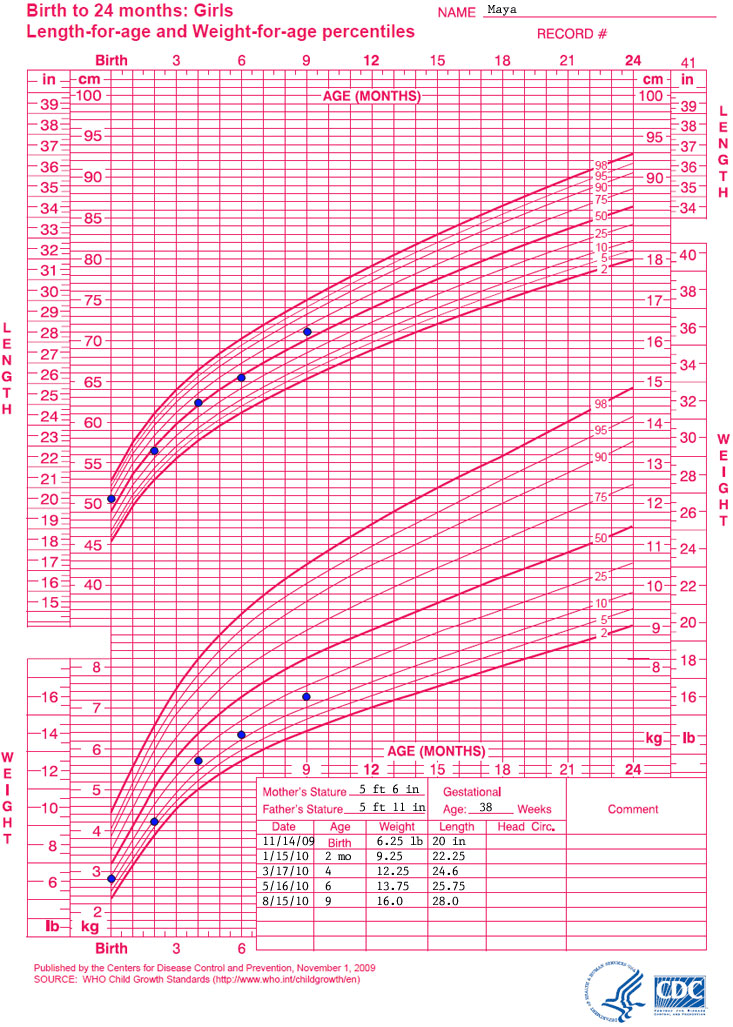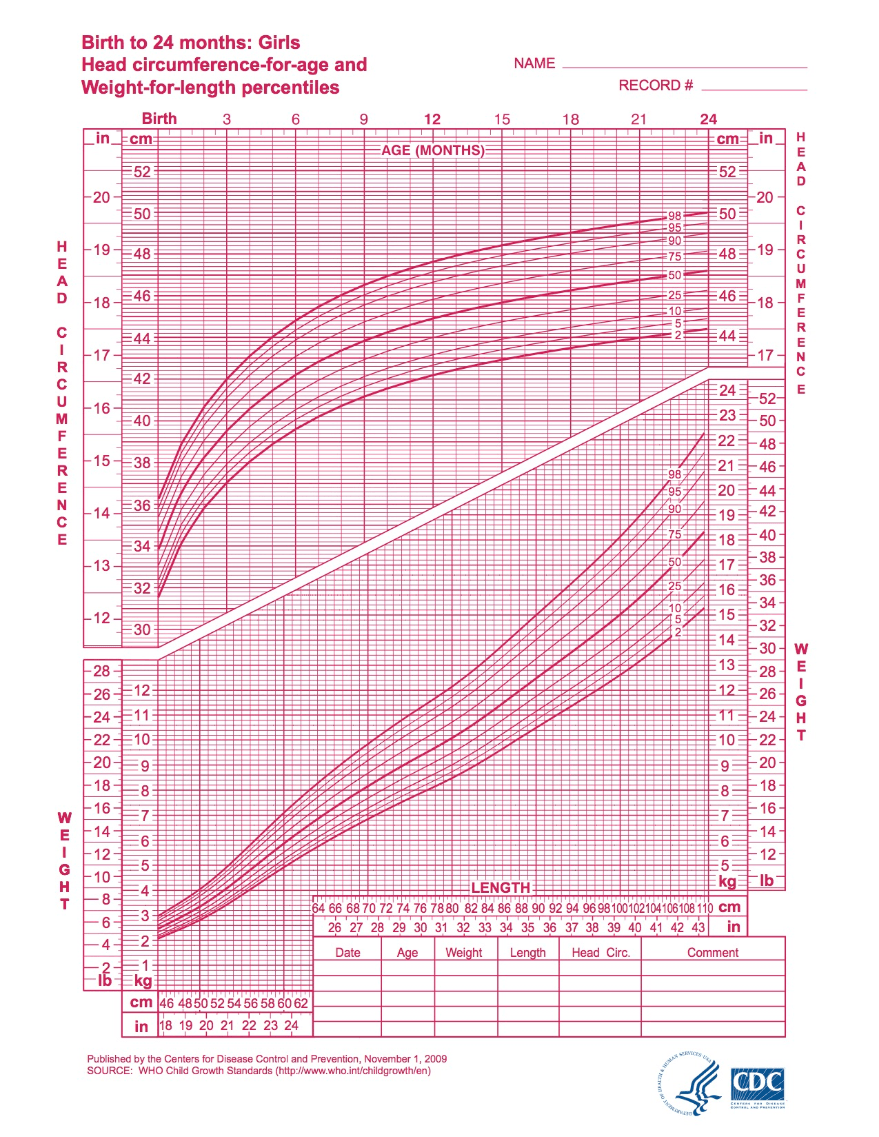In the first year of life, an infant's birth weight ______.
Options: doubles, triples, quadruples
Triples
For their body weight, infants need _______ calories per kg than adults.
Options: Less, the same amount, or more
The ideal food for the first 4-6 months of life.
This oral condition is commonly seen in infants who are allowed to sleep with a bottle of milk, juice, or other sweetened liquid.
Also known as nursing bottle caries.
Baby bottle tooth decay (BBTD)
In the first year of life, an infant's birth length increases by ______ %.
Options: 25%, 50%, 75%
50%
The main energy source for infants.
Options: carbohydrates, proteins, fats
Carbohydrates
Name a benefit to breastfeeding
Answers may include: it is free, it contains immunoglobulins, it contains the correct balance of all essential nutrients, may help the mother lose weight faster, promotes bonding, reduces risk of food allergy, convenient, etc.
What is the abbreviation for the government program that provides benefits such as vouchers for food, infant formula, and nutrition counseling for pregnant and postpartum women and infants and children up to 5 years of age?
WIC
(Stands for Supplemental Nutrition Program for Women, Infants, and Children)
To assess infant growth, practitioners use _______ to track an infant's weight and length.
Growth charts
Infants store this mineral in the liver to be used during the first 4-6 months of life.
Before one year of age, this type of milk should NOT be fed to infants.
Cow's milk
Which of the following is a choking hazard for infants in the first year of life:
Scrambled eggs, iron-fortified infant cereal, grapes, or strained peas.
Grapes
On growth charts, the ________ percentile is considered normal or average.
50th
Breast milk does not contain much of this fat-soluble vitamin, so exclusively breastfed infants should receive a supplement.
Vitamin D
When should solid foods be introduced to infants?
Between 4 and 6 months
By one year of age, an infant's brain is about ______% the size of an adult's.
Options: 25%, 50%, 75%, 100%
75%
What would Maya's weight-for-age be considered at 9 months: normal, high, or low?

Low
Newborns are vulnerable to deficiency of this vitamin because they do not have intestinal bacteria, which can make it.
Vitamin K
Why should solid foods be introduced gradually and one at a time, with a 4-5 day interval between new foods?
From age 6-12 months, no more than _________ fluid ounces per day of fruit juice should be offered.
Options: 2 oz, 6 oz, 8 oz, 12 oz
6
At which percentile would a 6-month-old infant be at who has a head circumference that measures 41 cm?

25th
If the local water supply contains this mineral, which is important for preventing tooth decay, infants should not need a supplement.
Fluoride
What food should NOT be offered to infants in the first year of life due to risk of Clostridium botulinum poisoning?
Honey
The American Academy of Pediatrics recommends that infants be exclusively breastfed for ________ months.
6 months